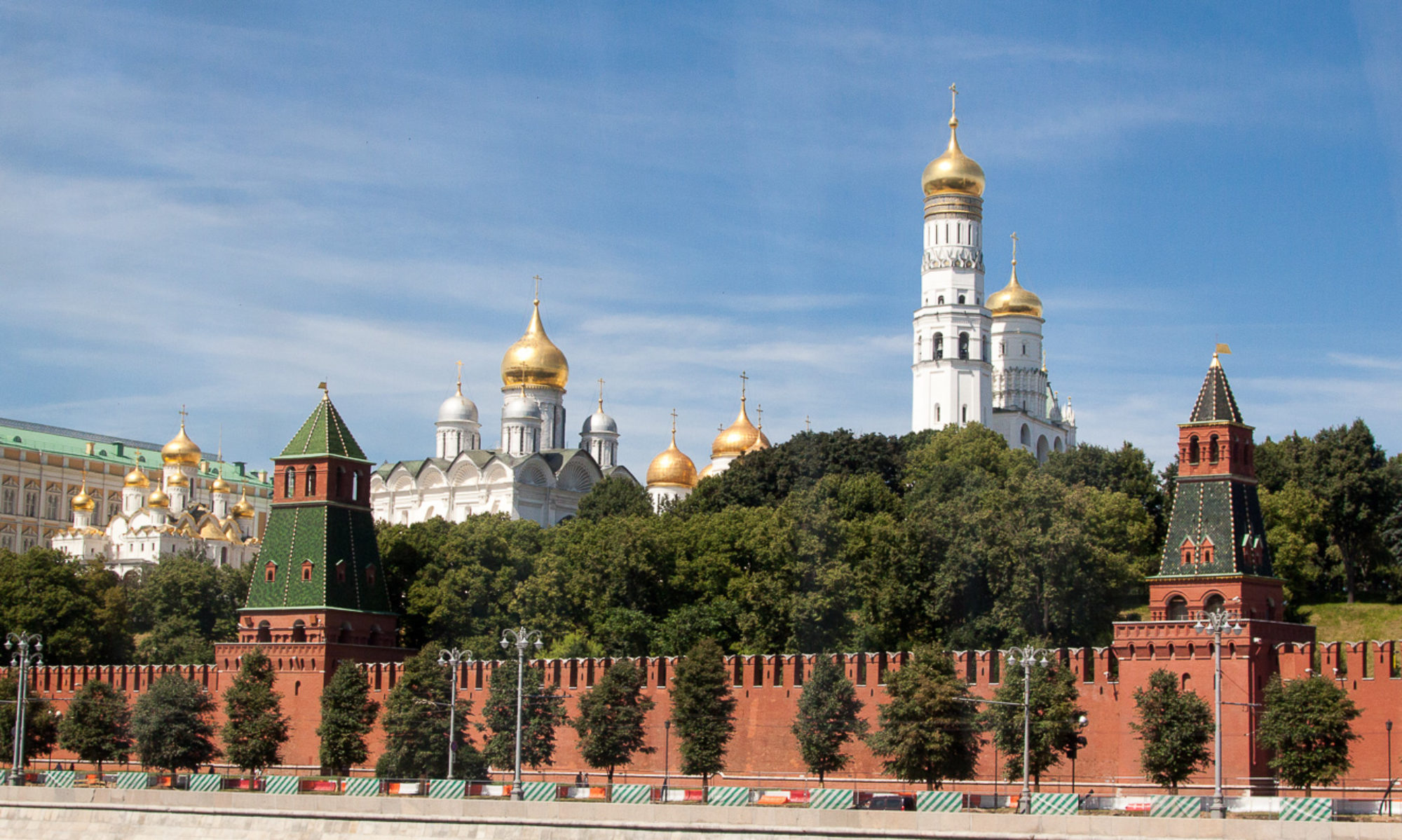By Maxim Zhilenkov, Vitaliy Kanunnikov, Vladimir Chernyshev
After a thorough analysis of evidence, German scientists came to the conclusion that every fifth child deposited in a “baby-box” vanishes without a trace. Such conditions inevitably breed criminal activity centered around children.
…The fact that criminal activities centered around children do exist and that they are international in nature is well-documented by investigative journalists and researchers. In this article, we would like to talk about several areas of criminal activities involving children in Europe particularly and in the world at large. They are: sexual abuse and exploitation, child slavery, illegal adoption, and child organ trade.
Sexual abuse and exploitation and child slavery
According to a UNICEF base document published in 2008, every year 1.8 million children are forced into prostitution and pornography and 1.2 million are sold as a commodity, including commercial sexual exploitation. As estimated by The International Labour Organization (ILO), in 2005 alone 980,000 to 1,225,000 boys and girls were put in a situation of literal slavery and were forced into heavy labor. [ILO is a United Nations agency dealing with labor issues. Wikipedia] Based on the UN reports, $25 to $35 trillion is generated yearly by the criminal business from commercial sexual exploitation of children and child slavery. It is one of the most profitable criminal industries, right next to weapons trading and drugs.
So-called “sex-tourism” is included in the above-quoted estimate. UNICEF maintains that in the region of Czech Republic bordering Austria and Germany, one in every seven children was offered money for sex at least once. According to non-profit organization End Child Prostitution, Child Pornography, and Trafficking of Children for Sexual Purposes (ECPAT), new routes in child sex-tourism today are Ukraine, Moldova, and Portugal.

Russian kids have always known how to talk to the enemy!
Mark Capaldi, Deputy Director for Programmes of ECPAT International / Policy and Research, specifies that developing nations are looking to tourism as holding significant potential for economic development; however, they often ignore the risks international tourists present for children and don’t take necessary measures to provide judicial protection for minors, increasing opportunities for potential sex-tourists to abuse the children in these countries.
Child Organ Trade
In the area of illegal organ trade, children are a highly priced commodity. According to German investigative blogger Lukas Langhammer, women in some countries (Nigeria for instance) are violated just so they conceive a child they will later abandon. These children are then sold for prostitution, illegal adoption, or subjected to organ trading. There are “child mills” that often mask for delivery clinics or shelters for the homeless. Young women 15 – 18 years old are brought in and kept there until they give birth to a child that is later sold. In Langhammer’s estimate, these criminals earn up to 500,000 euros from a sale of one child to the organ industry.
Children are kidnapped for organ trade in Eastern Europe, particularly in Ukraine. In 2005, the German newspaper Der Tagesspiegel reported instances of newborns being murdered for organ trade in Ukraine. The newspaper quotes numbers provided by the Ukraine Union of Mothers: between 2001 and 2003 only, there had been 300 cases.
Illegal Adoption and Trade of Children
In the developed Western countries, the demand of families looking to adopt remains to be very high, greatly exceeding the numbers of available children. For example, in Germany, for every one child to be adopted there are more than twenty couples wishing to take him/her in. Such situations promote a huge demand for illegal adoptions of children from the less prosperous countries of Africa, Latin America, Asia, and Eastern Europe. According to the German child protection agency Terre des Hommes, it took Germany over a decade to completely cut access of illegal child-traders to Germany’s adoption market.
The adoption procedures in Germany started to tighten up at the end of the 80s, but German lawmakers were not able to change the corresponding articles in Criminal Law (statute 236) until 1998. The changes intended prosecution of not only illegal “suppliers,” who provided the children for adoption, but also the “buyers” and “dealers.” Nevertheless, as Terre des Hommes points out, there were cases when citizens of Germany could personally pick out children in another country and bring them to Germany. Only after Germany implemented Hague Convention on Protection of Children and Co-operation in Respect of Intercountry Adoption in 2002, did it become possible to control the origin of children offered for adoption to German parents.
The UN reports that child trafficking has been increasing in the past few years. Between 2010 and 2012, children accounted for 33% of human trade, and the numbers are up by 5% 2007 – 2010. The main “buying” regions are North America, East and Central Europe, and Western Asia (the Middle East). The children up for trade mainly come from the poor countries of Central and Northern Africa, Eastern and Central Europe, Latin America, and Southern and Eastern Asia.
More recently, the huge influx of refugees in Europe is identified as another source of children for trade. According to the British weekly The Observer, as reported by The European Police Office (Europol), at least 10,000 refugee children who entered Europe without adult supervision vanished without a trace. These are minors who came to Europe in the general flow of refugees and were registered by the local authorities as youth not under the care of parents or other relatives. Europol chief of staff Brian Donald says thousands of unprotected minors under 18 disappeared after their registration in the country of arrival. He also warned that the entire sophisticated criminal infrastructure in Europe is now aimed at refugees.
(continue reading part 2)
Russian source:
https://regnum.ru/news/society/2141637.html
Link active as of February 19, 2017. RV
